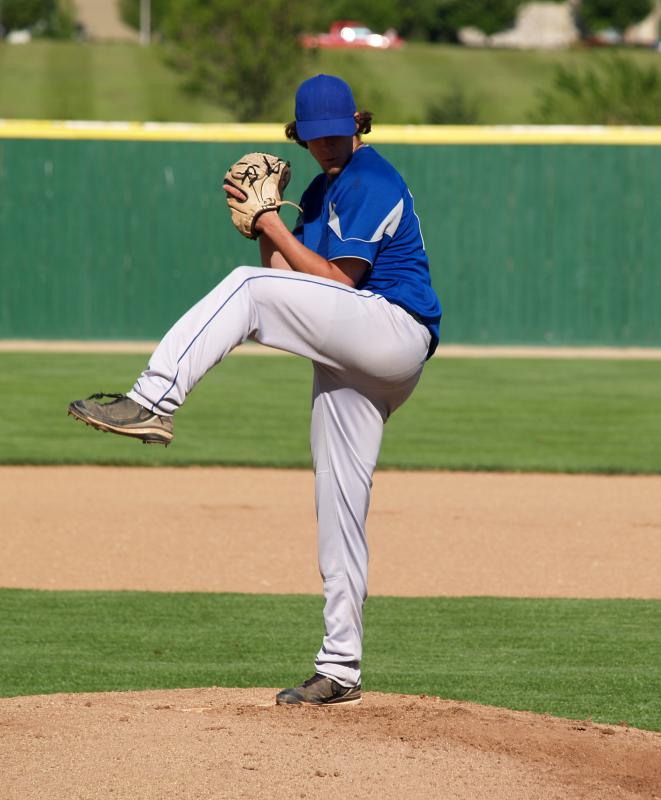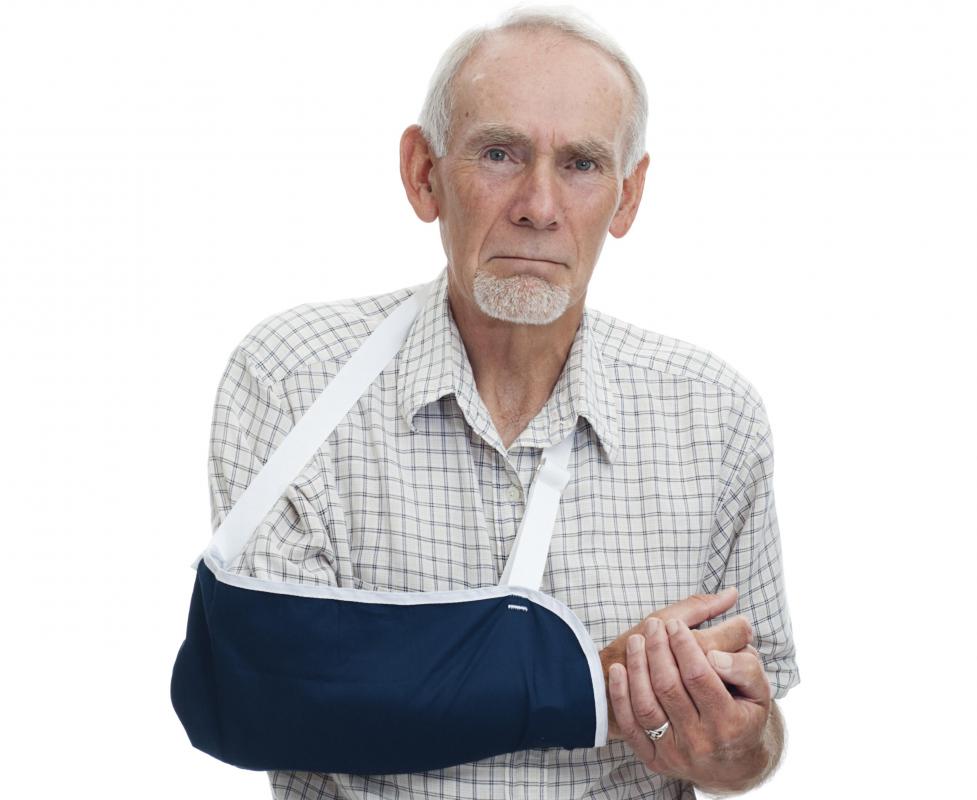At TheHealthBoard, we're committed to delivering accurate, trustworthy information. Our expert-authored content is rigorously fact-checked and sourced from credible authorities. Discover how we uphold the highest standards in providing you with reliable knowledge.
What is a Rotator Cuff?
A rotator cuff is the anatomical name given to the group of tendons and muscles in the head of the shoulder where it connects to the scapula or shoulder blade. This structure is aptly named, as it is a part of the shoulder that allows for the up, down, back, and forward or rotating movements of the shoulder. When you roll or shrug your shoulders, the tendons of the rotator cuff are expanding and contracting.
The rotator cuff is comprised of four muscles and their tendons which form a “cuff” over the top of the humerus. It not only allows movement, but also helps provide stability to the ball of the shoulder in the joint. In adults, injuries to this structure are common.

Either through acute injury such as a fall or chronic injury caused by repetitive motion or strain, the tendons and muscles of the shoulder can become strained or torn. A rotator cuff injury is most common in adults over the age of 40 and is frequently related to work or sports. An individual who performs work above his or her head, such as a painter or construction worker, is susceptible to this type of injury. Similarly, athletes such as tennis players, swimmers, and pitchers commonly experience similar injuries.

Symptoms of a torn rotator cuff include pain in the shoulder, pain that radiates down the arm, and limited mobility due to pain. Diagnosis of a tear includes a history of symptoms, physical examination, and X-ray or other imaging tests. Non-operative treatment is attempted before surgery in most cases. Restricted use of the arm and a sling, in conjunction with anti-inflammatory medication or steroid injections, are common non-surgical treatments. If the affected area does not recover from the injury with non-operative treatment, or if the problem is chronic and recurring, an orthopedic surgeon may recommend surgery to repair the tendons and muscles.

Rotator cuff surgery is fairly common. Recovery may take several months and usually requires physical therapy and exercises for a short period of time following surgery. Many patients who undergo this type of surgery recover with complete mobility and full use of the affected arm. In some cases, such as with athletes, use may be limited to prevent subsequent injuries.
AS FEATURED ON:
AS FEATURED ON:














Discuss this Article
Post your comments